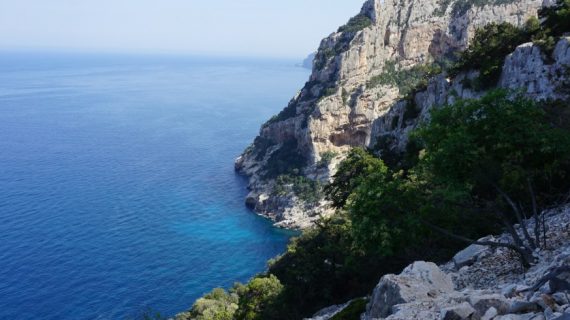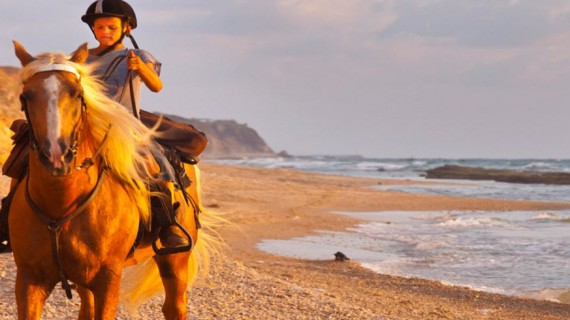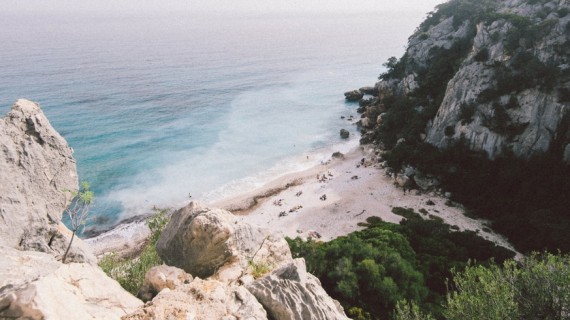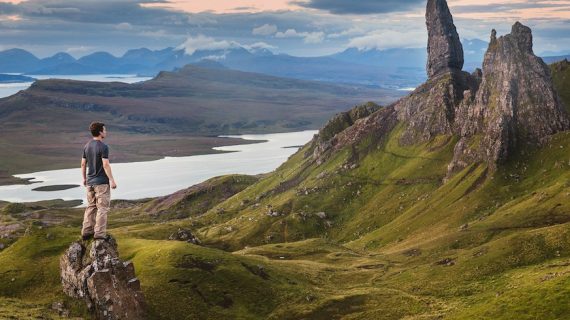A sustainable travel in Sardinia, at Alghero, led by passion and environmental awareness, it’s a unique and authentic experience. In this first video of the series, we join Maria, founder of the Viaggiare Green community, to explore together the hidden treasures and the most genuine spots of the island. With special attention to sustainability, we will dive into the most authentic places, discovering the natural beauty and the richness of the local culture. Ready to leave?
Our first stop in our Green Travel in Sardinia: Alghero
Alghero, a wonderful city ideal for who wants to dive into the crystal clear sea and explore nature, to enjoy the local gastronomy, to discover the history, and embrace the culture. The Porto Conte Natural Park is close to the city and it is a Sardinia’s gem that will take you to a world of wild suggestions and wonderful landscapes, among the breathtaking cliffs and the crystal clear waters of the Mediterranean Sea.
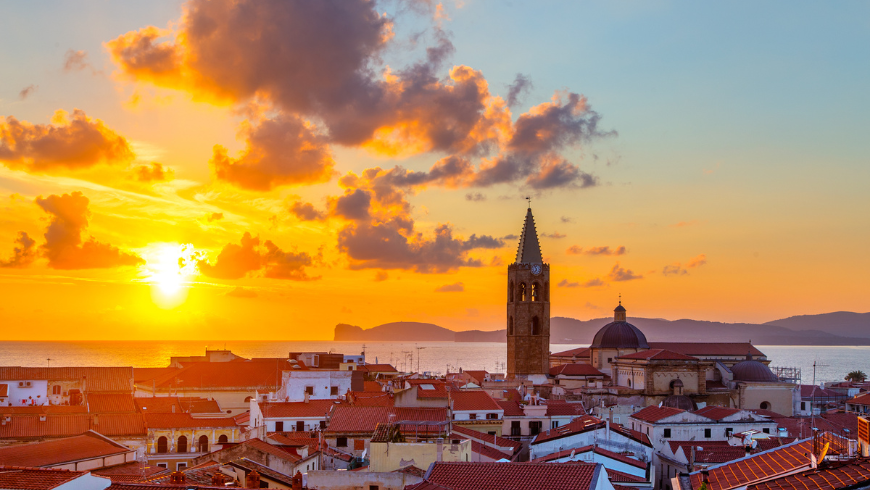
Day 1: Punta Giglio and Rifugio di Mare
Punta Giglio is an extraordinary cliff overlooking the sea, surrounded by the Porto Conte Natural Park, from where you can admire the beauties of the Mediterranean. You can enjoy a stay in eco-friendly structures such as the Rifugio di Mare, born from the eco-friendly restoration of a former military post, dating back to the Second World War, surrounded by greenery and overlooking the sea. In addition to offering a true dive in nature, this eco-friendly hospitality comes with a restaurant with genuine but refined food, based on organic and local products, and with a bicycle rental service for hosts.
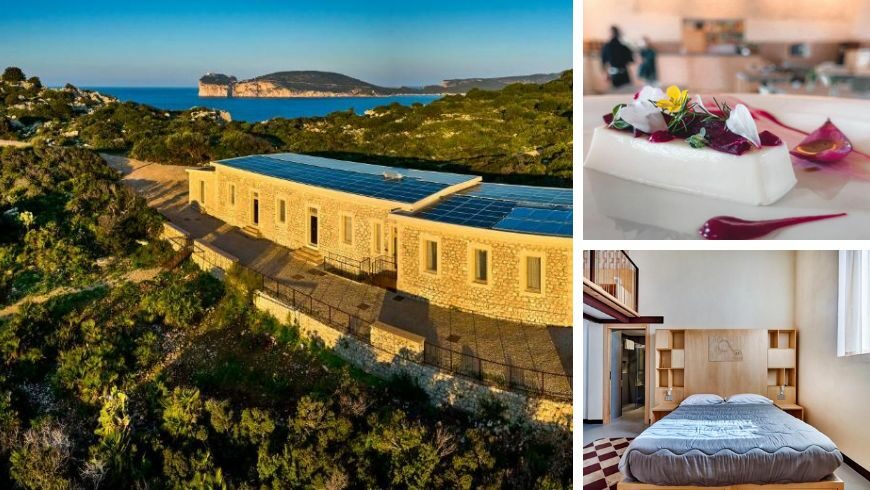
Not to be missed: the Punta Giglio’s environmental museum, also called the Maps, from where you will have the opportunity to appreciate the breathtaking views.
Day 2: Le Prigionette, Amarillo and Capocaccia
After leaving Punta Giglio, we head by e-bike to another charming place of the Porto Conte Natural Park, Le Prigionette.

Thanks to the eco-friendly path characterized by the cycling adventure, you will have the opportunity to be one with the natural beauty that surround you and decide independently when to stop to admire the unique views. In fact, one of the first pit stops is Villa Romana, from where you will be able to see the beaches of La Stalla and Mugoni.
The sustainable travel continues for Amarillo, where there is a beach perfect to relax yourself until you arrive in Capocaccia.
From the Belvedere of Capocaccia, for who is a lover of sunsets it is possible to enjoy a breathtaking sea view.
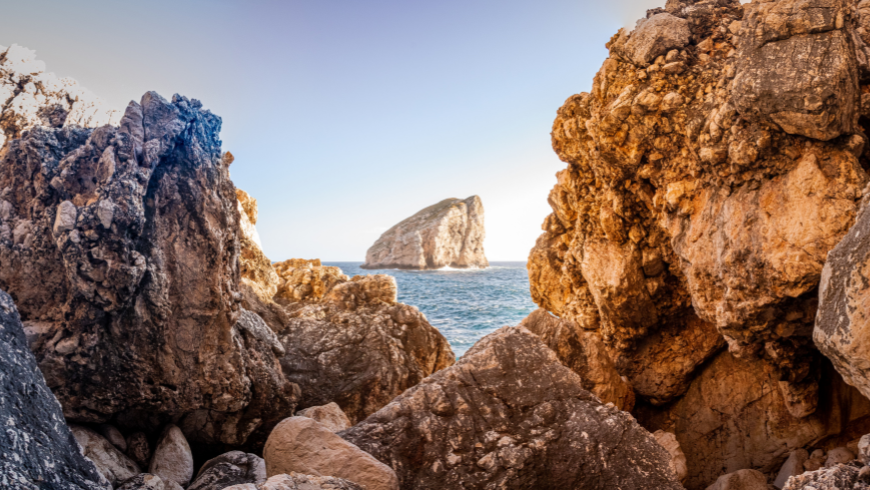
Day 3: Alghero
We get to town, in Alghero.
The first stop is the historical center, starting from the Tower of Porta Terra, that is one of the historical symbols of Alghero. This old entrance, also known as Porta Sant’Anna, is one of the few remains of the medieval walls that surrounded the city. Its construction dates back to the Catalan-Aragonese period, in the fourteenth century, when Alghero was under the rule of the Aragon’s crown. Today, the Tower of Porta Terra is one of the main entries to the historical center and one of the most visited touristic attractions of the city.
By walking among the city’s streets you will reach the Largo San Francesco, a square lively with cafes, restaurants and shops that offer a wide variety of local products and souvenirs. During the day, it’s the perfect place to walk and unwind, while at night it becomes a meeting point for the city’s inhabitants and visitors who want to enjoy the nightlife of the city. Within walking distance from the square, there is the San Michele’s church, one of the main religious buildings and representative of the baroque in Alghero.
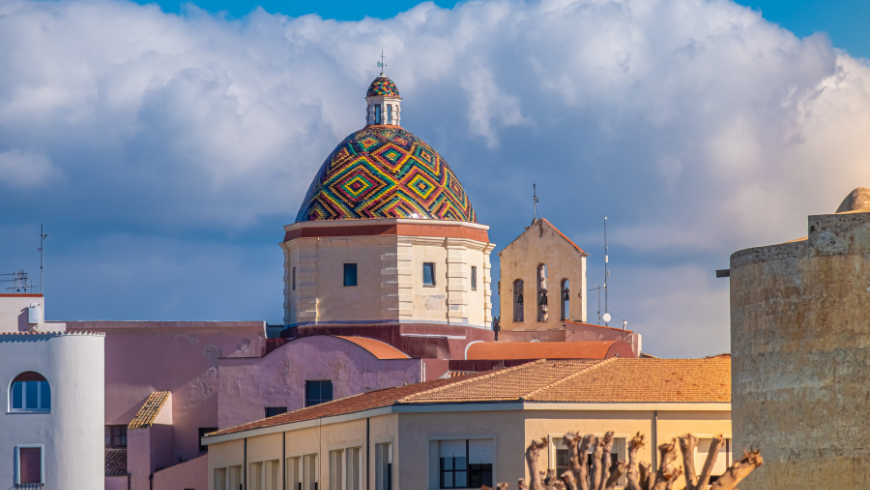
In the streets of Alghero
We arrive in Piazza Sulis to then continue towards the Bastioni (bastions) of Cristopher Colombus, an important part of the defensive walls that surround the historical centre of Alghero, in Sardinia. The Bastions of Cristopher Colombus owe their name to the famous Genoese navigator, Cristopher Colombus, who, according to the tradition, has stayed in Alghero during his trips toward the Americas. However, there is no documentary evidence of this stay.
Then, continuing walking you can see the Tower of San Giacomo, that was used originally as a watchtower and as coastal defense, and then it was turned into an astronomical observatory.
Finally, thanks to the Tower of Sant’Elmo, also known as “la Madonnina“, you will have the opportunity to fully enjoy Alghero’s beauty.
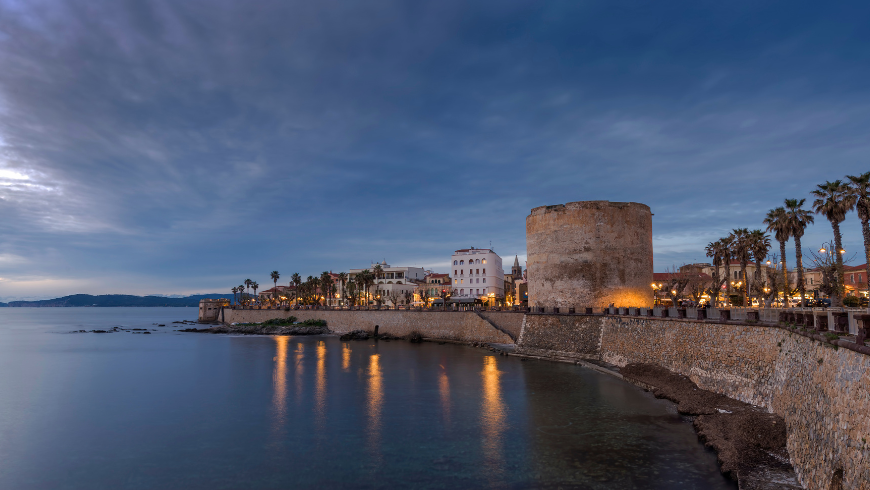
The last stops of the third day are the Bastioni of Magellano, Santa Maria’s cathedral (one of the most charming European cathedrals), and Piazza Civica. This last one represents the focal point of the social and cultural life of Alghero and is an ideal starting point to explore the rest of the historical center, with its paved streets and picturesque alleys.
Day 4: The Necropolis and the Nuragic Complex of Palmavera
Just 10 kilometers from Alghero, you will find the Necropolis, one of the most important Sardinia’s archaeological sites. The Necropolis is composed of various hypogean tombs, dating back to the Copper Age (3rd Millennium BC) and the Bronze Age (2nd Millennium BC). These tombs offer circular or rectangular burial chambers, some of which are decorated with geometrical patterns engraved on the walls. The excavations made in the necropolis brought to light many referts, among which pottery, bronze objects, tools, and jewels, that testify to the life and the funerary practices of the prehistorical populations that lived in the region.
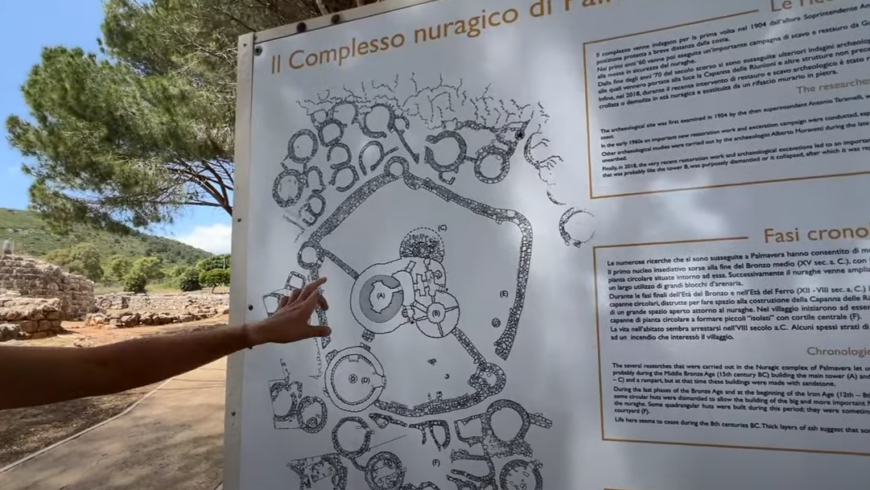
The second stop of the day is the Nuragic Complex of Palmavera, a village from almost four thousand years ago, one of the most important villages that the Nuragic civilization left behind. This includes several nuraghi, Nuragic circular towers, courtyards, huts, and other structures dating back to the bronze age, that extends from 1900 AC to 730 AC.
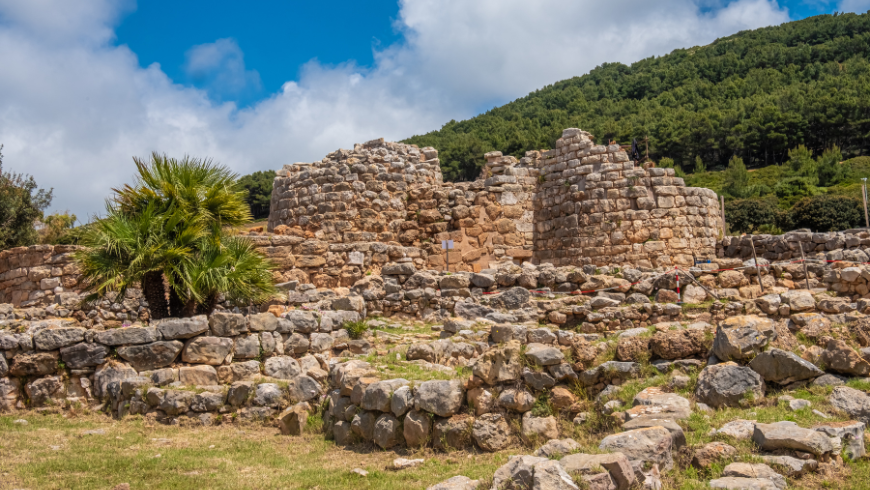
Finally, the last step is the beaches of Lazzaretto and Bombarde, located in the north-west part of the city that offer breathtaking views, crystal-clear waters and golden sand, attracting visitors from all over the world.
In conclusion, this trip to Sardinia showed us the authentic beauty of the isle and taught us the importance of traveling in an eco-friendly and conscious way. Thanks to the guide of Maria of Viaggiare Green, we discovered new gems, promoting a responsible approach to the exploration of our extraordinary planet.

